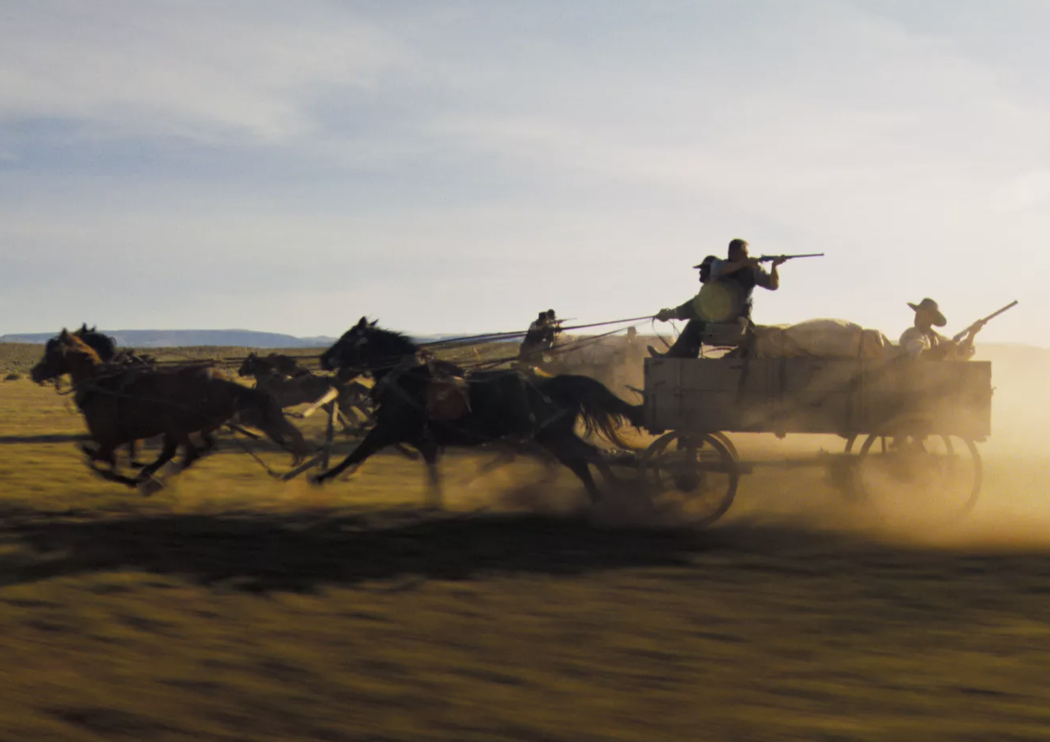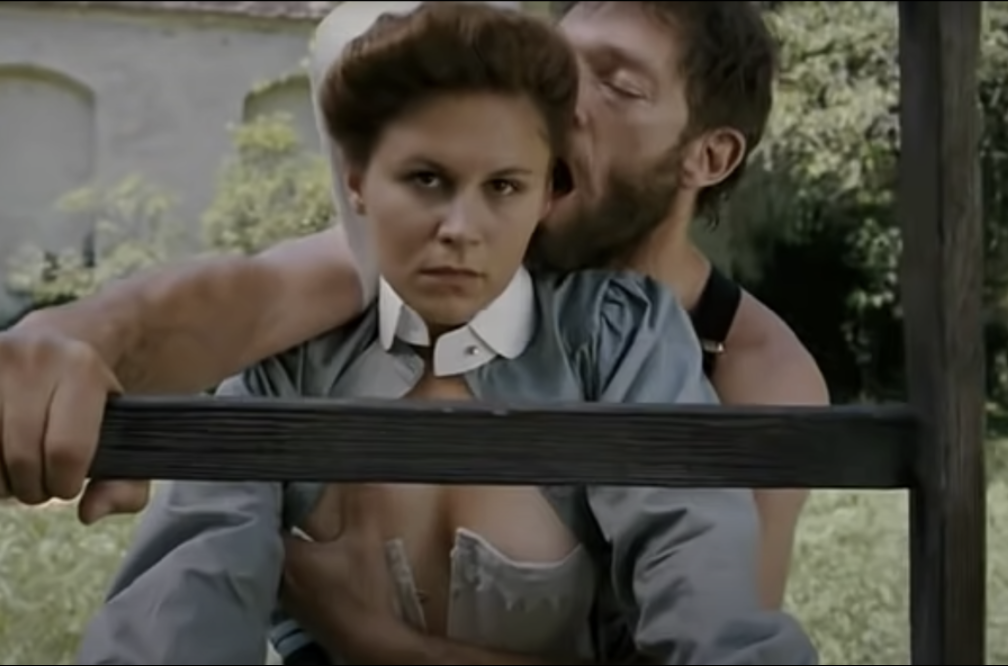At 1:47 cinematographer Robert Surtees does a kind of stylized fourth-wall breakthrough. Instead of resorting to the usual rack focus after Anne Bancroft exits the frame, he manually slows the focus on Katherine Ross‘s face, taking three or four seconds to portray what’s happening in her head. A similar device is used in The Verdict when the camera stares two or three developing Polaroid snaps of a comatose woman in a hospital bed. As they become more and more recognizable, a metaphor for the emergence of conscience in Paul Newman‘s ambulance-chasing attorney is conveyed. Name other instances in which a camera or a cinematographer stopped being invisible (i.e., unobtrusively delivering images) and in so doing briefly interrupted the narrative flow to actually “speak” to the audience about an emotional or intellectual development of some sort.













